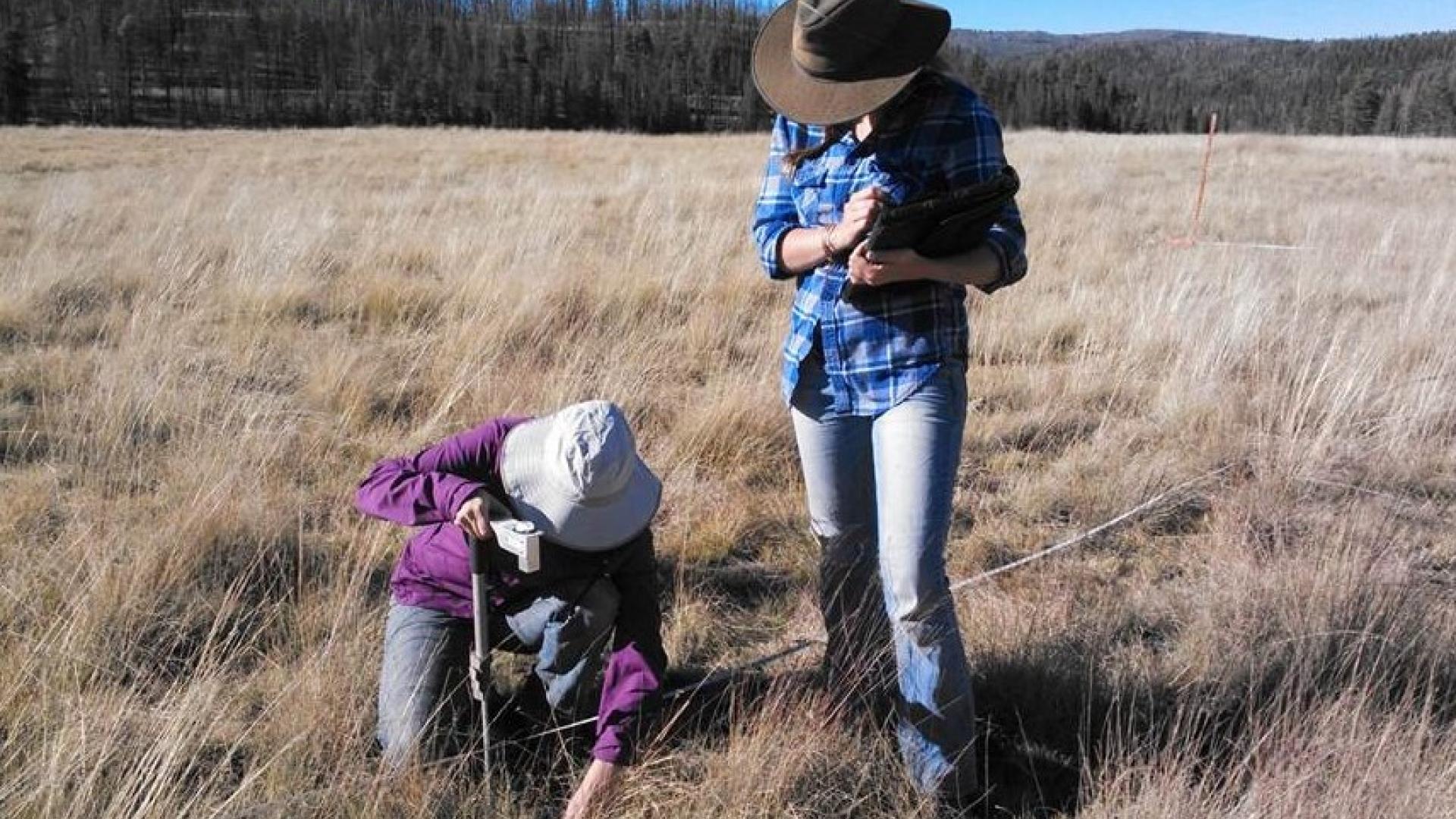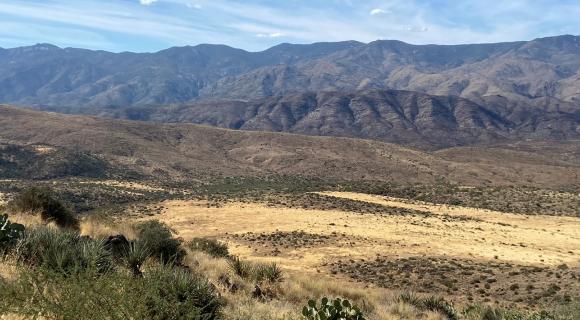
- Body
Written by Rachel Mealor and George Ruyle
In this section, we will look at important aspects of maintaining and improving rangelands. The purpose of monitoring rangelands is to document change over time in vegetation or other aspects of the range as they relate to management or natural processes. Monitoring documents existing conditions and establishes whether present land management is making progress toward achieving stated objectives, and if it is not, provides a basis for deciding what alternative management practices may be required.
The fundamental data components useful for rangeland management include inventory and monitoring data on soils and vegetation. An inventory is a survey of natural resources that documents the amount, kind, or location of different resource types at one point in time. The purpose of an inventory is to characterize all parts of a management unit (such as a soil survey) or estimate average values of certain attributes such as forage production. Rangeland monitoring means to make repeated measurements or observations over time to establish whether or not changes in selected resource attributes have occurred. The emphasis on change is what distinguishes monitoring from rangeland inventories.
Vegetation restoration is an important aspect in maintaining and improving rangelands. If rangelands have experienced degradation, there are several strategies that can be used to increase forage production, improved forage quality, and improve wildlife habitat. Strategies such as removal of undesirable plant species (e.g. mechanical, chemical, biological control methods), seeding desirable plants that compete with undesirable species, and using tools such as grazing or prescribed fire as means for restoration.
